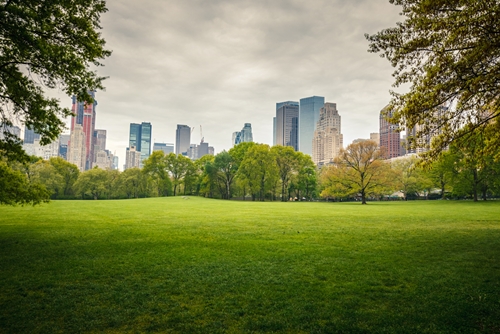Laser scanning will help visitors go back in time at the New York State Pavilion

Laser scanners are used by researchers and conservationists all the time to preserve and document historic sites, and the New York State Pavilion in Queens is no different after it recently underwent 3D mapping. According to the Queens Chronicle, the pavilion was home to the World's Fair from 1964-65, and the fair's 50th anniversary caused many residents and researchers to become aware of the pavilion's crumbling structure. The fact that the pavilion is still standing is remarkable, as The Wall Street Journal reported, old buildings in New York are often demolished due to the lack of real estate in the state. The pavilion may soon meet this fate, and researchers know that if they are going to document the site's noteworthy past, they will need to use 3D laser scanning to do it.
Traveling back to the 1960s
According to the New York City Department of Parks and Recreation, the 1964-65 World's Fair happened during a trying time in the U.S.'s history, and so it's exhibition "Peace Through Understanding" was socially relevant for many in the nation. WCBS, the CBS affiliate in New York, reported the fair was also the first time the picture phone was exhibited, and the fair had approximately 51 million attendees.
The Queens Chronicle reported the pavilion cost $12 billion for the state to build, and has not been in use since 1976. Certain parts of the structure are completely gone due to deterioration, and other areas are in desperate need of repair. Restoration efforts were undertaken in 2007 through a grant by the National Endowment for the Arts, but not all of the structure has been saved. According to WCBS, thousands of people turned up for the pavilion's 50th anniversary. Demolishing the site would only cost the city $14 million, compared to the $52 million it would take to restore it, according to the Journal.
The new source reported researchers from the University of Central Florida plan on scanning the pavilion during the first week of June to document the site. 3D laser scanners will help the researchers gain information on the structure's as-is condition, as well as map areas of the site that are unreachable for researchers, such as the pavilion's three towers. The scans would one day be used to develop a virtual tour of the site.
Historical sites: Learn how SGM can bring cutting edge technology to bear on presenting your historical site to visitors in ways never before seen with our 3D imaging services.
